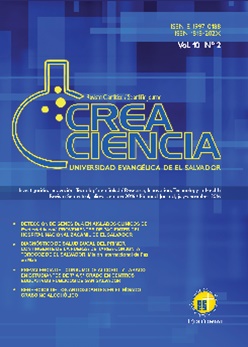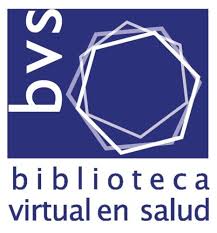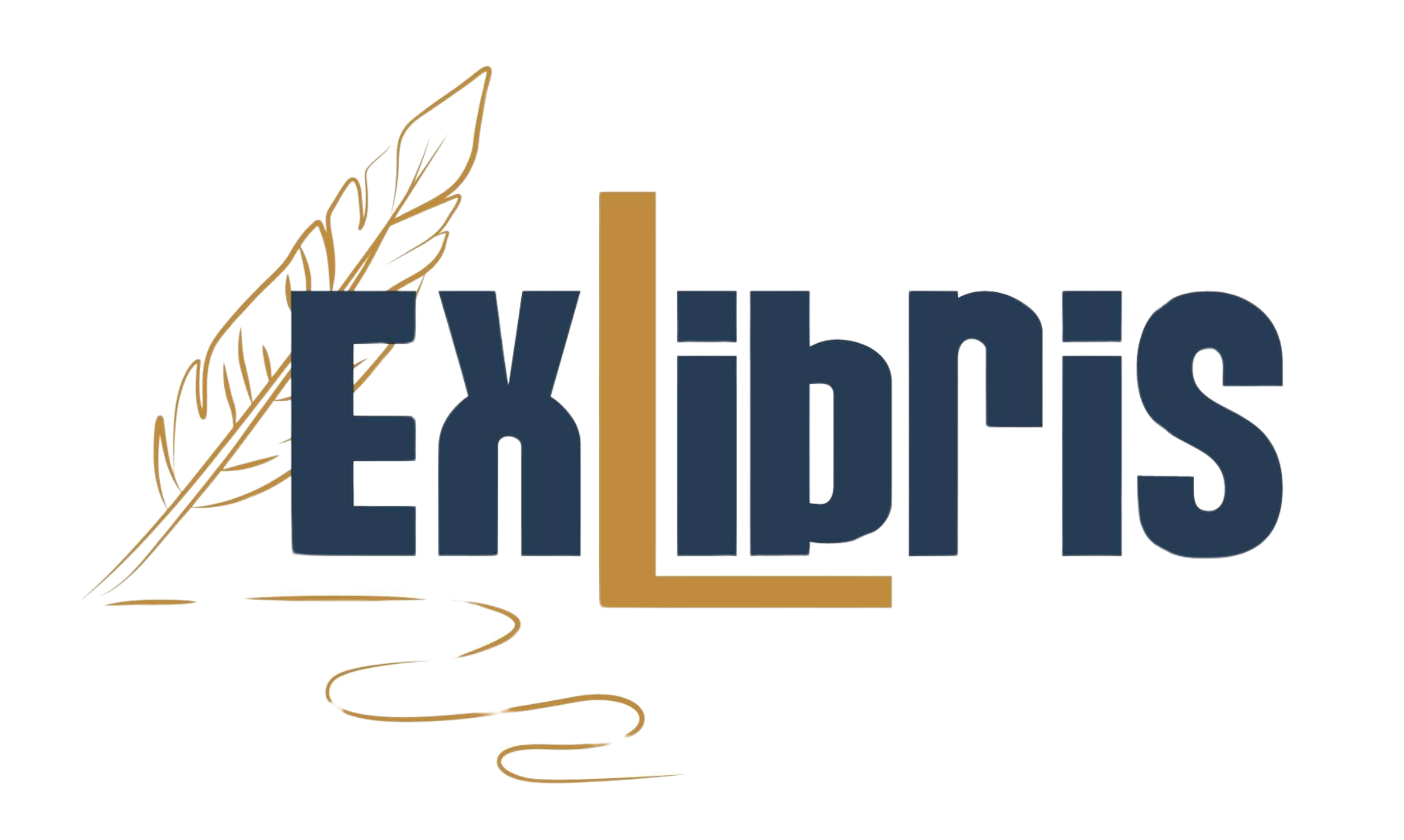Benefits of antioxidants in non-alcoholic fatty liver
DOI:
https://doi.org/10.5377/creaciencia.v10i2.6034Keywords:
Fatty Acids (FAs), Antioxidants (AOX), liver disease Non-Alcoholic Fat (NAFLD), Non-Alcoholic Hepatic Steatosis (NASH), Fatty Liver No Alcoholic (NAFLD), Hypertransaminasemia (AST, ALT), NALD, NASH, NAFLD, El SalvadorAbstract
Non-Alcoholic Fatty Liver (NAFLD) is a pathology of growing interest in the medical community in general, as it is considered the hepatic component of the metabolic syndrome, associated with dyslipidemia, obesity and diabetes mellitus. Theoretically, oxidative stress has been considered as the determining factor in its etiopathogenesis, caused by a lower antioxidant activity and the increase of pro-oxidant factors from hyperinsulinemia. In this study, the diagnosis of fatty liver is made through: clinical, laboratory, ultrasonographic analysis, the NAFLD Score; In addition to the non-traditional method: Bioelectric Quantum System (QRS), which has a sensitivity of 85%, which was verified with laboratory and ultrasonographic findings. The research starts with a group of 28 patients who were diagnosed as NAFLD by the quantum system (QRS), and from this group only three patients were selected who met all the inclusion and exclusion criteria of the sample. The study subjects received supplementation for six months with four daily capsules containing 13 antioxidants each. As a result, the normalization of the clinical, biochemical, ultrasonographic parameters and the bioelectrical quantum system of the three study subjects was obtained without modifications in the diet or in their daily activity.
Downloads
Published
Issue
Section
License
Copyright (c) 2022 Journal Creates Specialized Science in Health Areas

This work is licensed under a Creative Commons Attribution-NonCommercial-ShareAlike 4.0 International License.
Los artículos de Crea Ciencia están publicados en acceso abierto bajo una licencia CC BY-NC-SA 4.0 de la Universidad Evangélica de El Salvador.





















